Rock removal is a common challenge encountered during construction, landscaping, or property development in residential zones. However, in areas where blasting is prohibited due to safety and environmental concerns, alternative methods must be employed. In this blog, we will explore the best practices for removing rock in residential zones without resorting to blasting, ensuring a safe, efficient, and environmentally responsible approach.
- Site Assessment and Planning: Before initiating any rock removal project, conduct a thorough site assessment to understand the extent of the rock formation, its composition, and potential impact on the surrounding area. This assessment will guide your planning and help you choose the most suitable method.
- Mechanical Excavation: Mechanical excavation involves using heavy machinery such as excavators, backhoes, or rock trenchers to dig, break, and remove the rock. This method is effective for larger rocks or boulders that can be physically lifted and transported. Ensure that the equipment is properly selected and operated by trained professionals to prevent accidents and damage to surrounding structures.
- Hydraulic Splitting: Hydraulic splitting employs specialized equipment that uses hydraulic pressure to create cracks in the rock, allowing it to be split into manageable pieces. This method is relatively quiet and minimizes vibration, making it suitable for residential zones. Proper training and equipment maintenance are essential for successful hydraulic splitting.
- Expanding Grout (Chemical Agents): Expanding grout, also known as non-explosive demolition agent, is a safe and environmentally friendly option. It involves drilling holes into the rock and pouring in a grout mixture that expands as it cures, creating controlled fractures and facilitating rock removal. Expanding grout is efficient, produces minimal noise, and avoids the need for heavy machinery. Perfect for multiple sizes – no project is too big!
- Rock Removal Services: Hiring professional rock removal services is a prudent choice for complex or extensive rock removal projects. These professionals have the expertise and equipment to safely and efficiently remove rocks while minimizing disruptions to the residential area.
- Hand Tools and Labor: For smaller rocks or areas inaccessible to heavy machinery, manual labor using hand tools like sledgehammers, chisels, and pry bars can be employed. While this method may be time-consuming, it offers precision and control over the removal process.
- Dust and Noise Control: Regardless of the method chosen, prioritize dust and noise control. Implement dust suppression measures such as water sprays, and schedule work during reasonable hours to minimize disturbance to residents.
- Environmental Considerations: Be mindful of potential environmental impacts. Implement erosion control measures, prevent sediment runoff, and properly dispose of removed rock and debris.
- Permits and Regulations: Ensure that you obtain any necessary permits and adhere to local regulations before initiating rock removal activities. Compliance with regulations helps maintain a harmonious relationship with the community and local authorities.
Removing rock in a residential zone without blasting requires careful planning, method selection, and adherence to best practices. Mechanical excavation, hydraulic splitting, expanding grout, and professional rock removal services offer safe, efficient, and environmentally responsible alternatives to blasting. By conducting a thorough site assessment, prioritizing safety and environmental concerns, and following local regulations, you can successfully navigate rock removal projects while maintaining the integrity of the residential area and ensuring the well-being of its residents.



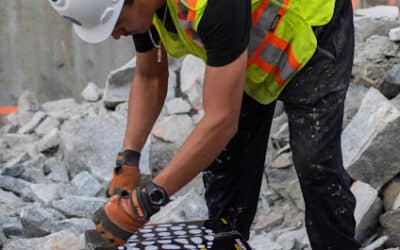
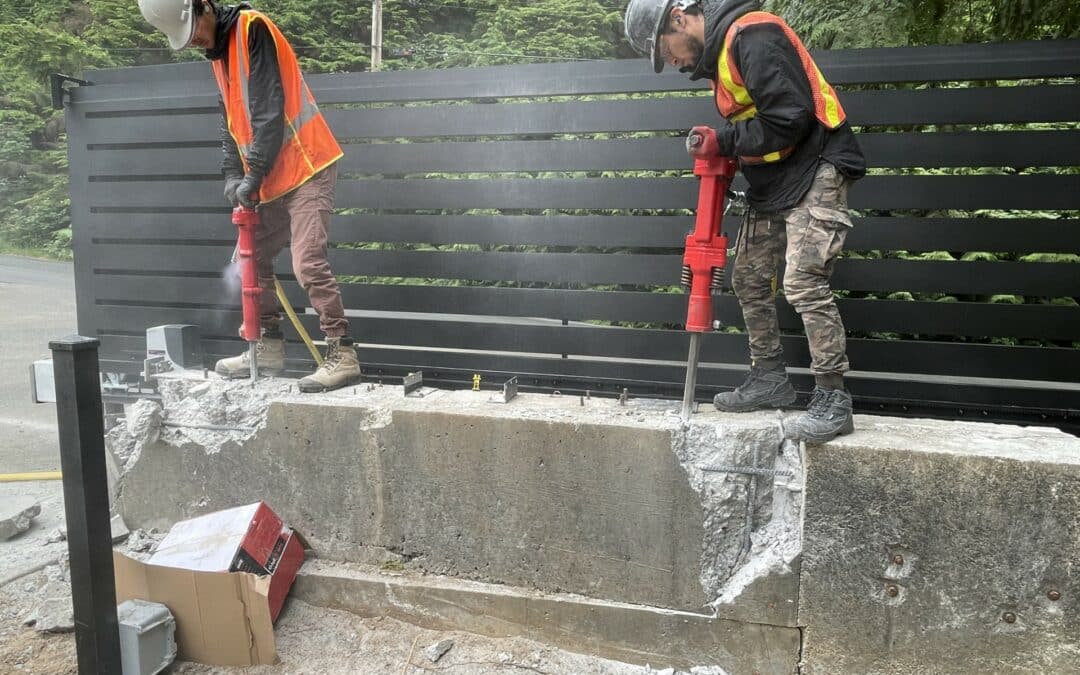
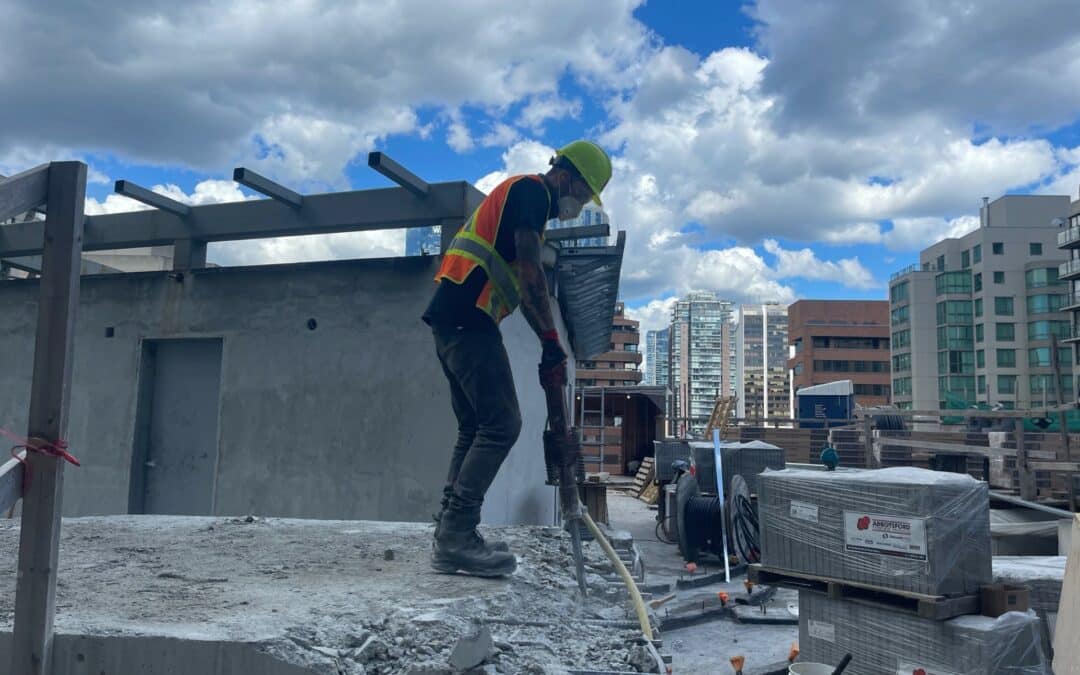
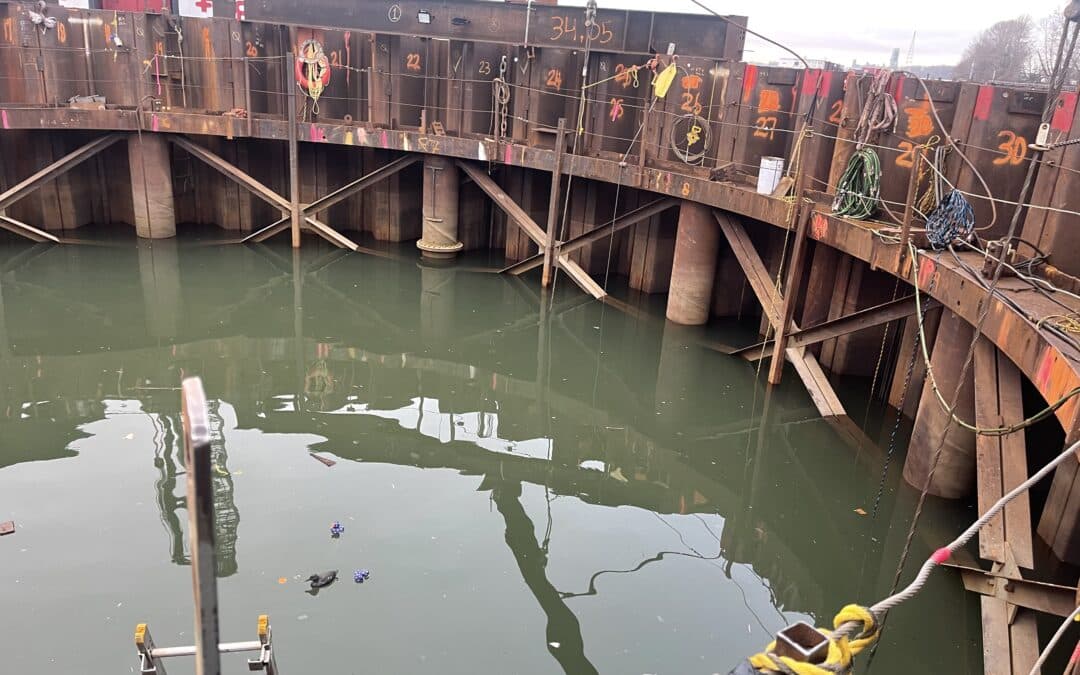
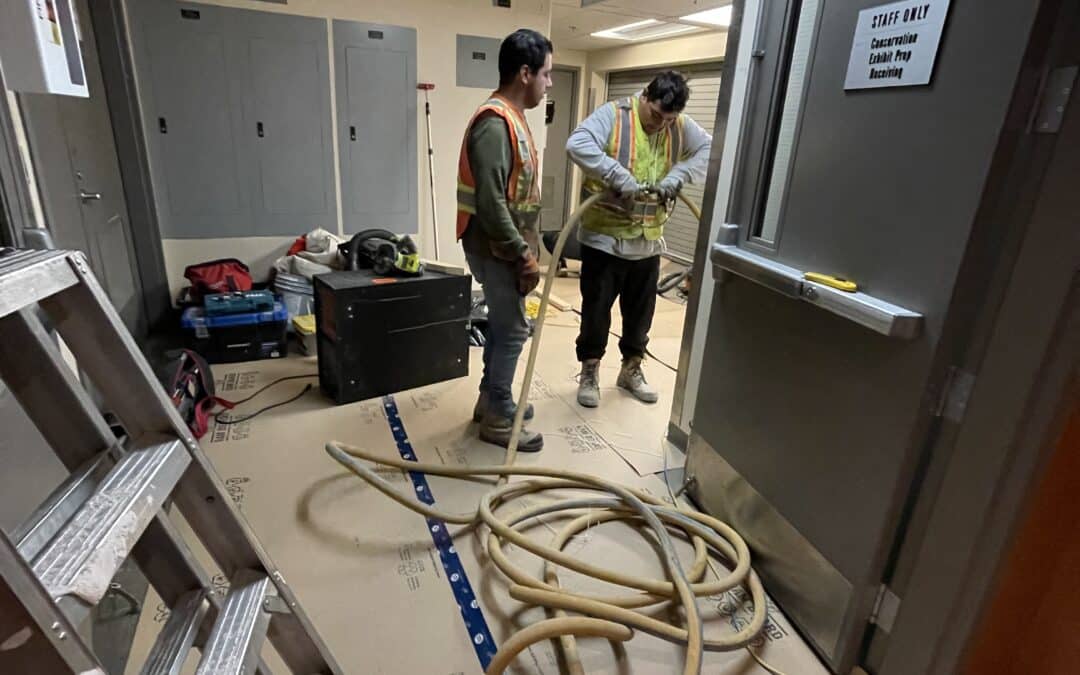
0 Comments